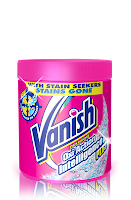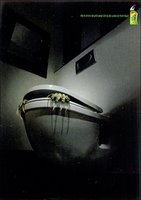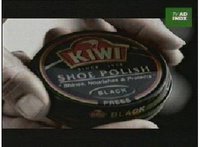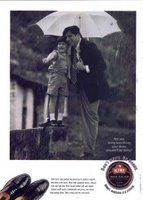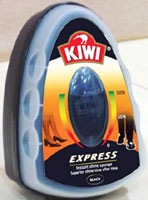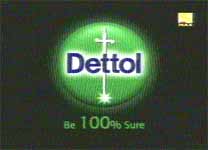Indian market is witnessing the creation of a new category in the hand hygiene segment - hand sanitizer. Although hand sanitizer products were existing in Indian since 2002, this category is witnessing lot of marketing action only in the last couple of years.Two giants in the Indian FMCG market is fighting it out in creating this category - Dettol and Lifebuoy.
Hand Sanitizer is an alternative to soap and used for maintaining hand-hygiene . This product which is available in gel, spray, liquid or foam form can be used directly to the hand and unlike soaps need not be washed away. Just apply the hand sanitizer and leave it like that.
It is not Lifebuoy or Dettol which introduced this product in the Indian market. Godrej Consumer Products Ltd , Himalaya, Paras Pharma etc had introduced this product in the Indian market even as early as 2003. GCPL 's brand Protekt is exported to various countries while Himalaya's brand - Pure Hands is a herbal hand sanitizer. But these brands were not able to create a noise in the market so far when compared to Dettol and Lifebuoy.
Indian Hand Sanitizer market is still nascent with an estimated market size of Rs 20 crore (
source) . Marketers believe that this category will grow faster owing to the new breed of infectious diseases.
Hand sanitizers are popular in markets like West and Europe because of the consumer awareness ( fear) about hand hygiene coupled with the convenience of the product. The fact that the product can be used anywhere/anytime makes it a very useful product for those who are too much worried about keeping their hands always germ-free.
The early marketers of hand sanitizers in India tried to cash in on the SARS Virus pandemic which created huge amounts of concern and fear in 2002-2003. But the marketers was not effective in converting the fear into enough sales to create a category. When the SARS fear died out, the hand sanitizer market was also dwarfed.
2009-2010 is witnessing another surge of infectious diseases like H1N1 and host of other diseases which are spread through air/water. Since most of these diseases are infectious and spread through socializing, the scope of a convenient hygiene product again surfaced. The trend shows that this surge and fear will last longer than the earlier SARS episode.
As usual, Dettol and Lifebuoy are pushing this category based on fear. The ads shows the probability of germs affecting the consumer at various public places like shopping malls, public transports etc and then advises on keeping hand sanitizer with them always so that they can protect/sanitize their hands all the time.
The ads does the job of scaring the shit out of the consumers and spreading the fear psychosis of contracting diseases everytime/anytime. But thats the job of marketers isn't it ?
The question is whether consumers will be open to the habit of keeping hand sanitizers in the bag and use it everytime they shake hands or uses a public transport, or uses any commonly uses objects like a door handle ?
To be fair to the marketers, the threat is very real. How many of us are aware of the possibility of contracting disease through a publicly used ' door handle ' of the office toilet ? How about the germs in the currency notes that we use on a daily basis ? How about the Bus ?
Oh God !
But how many of us will take the pain of buying and keeping hand sanitizer and using it again and again for fear of contracting disease ?
Many will buy and use it for sure. Like Handwash category, sanitizers will also find takers who are ultra health conscious. There will be consumers who will be attracted to the product because of the sheer convenience of it. The product will be a boon at places where you don't trust the water or the soap.
Now the brands are focusing on fear to promote the product category but as a consumer I am put off by the fear psychosis that these brands are trying to create. I am conscious of the possibilities of diseases but I chose to be little careless about the stuff rather than carrying a hand sanitizer and using it everytime I shake hands with someone.
Having said that I would have been more comfortable if the brands spent more time talking about convenience of the product . I think it will be convenience that will drive the brand and not fear.
What say ?

